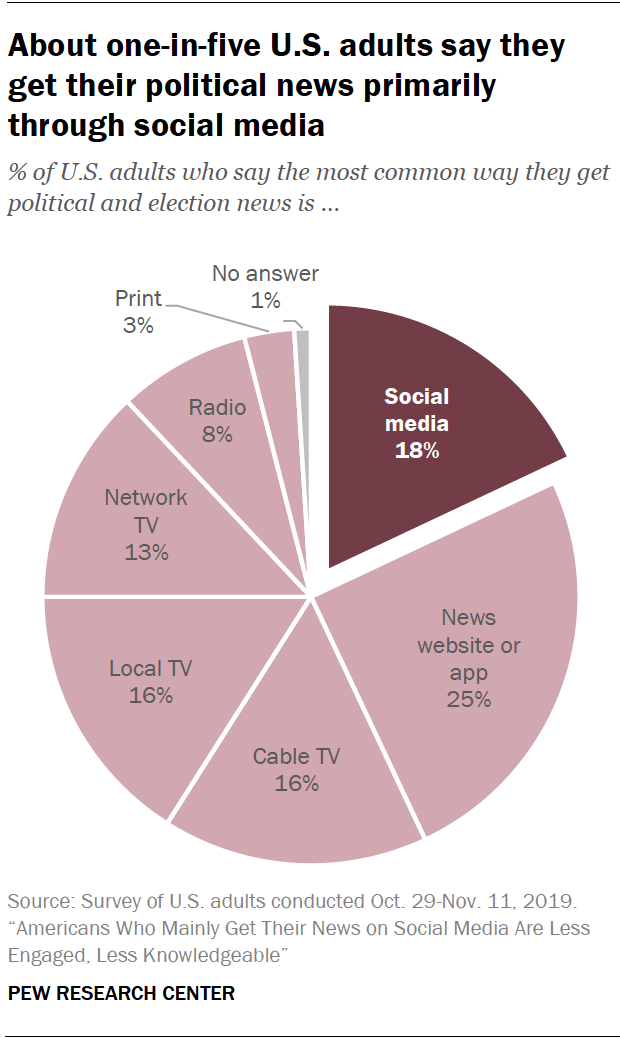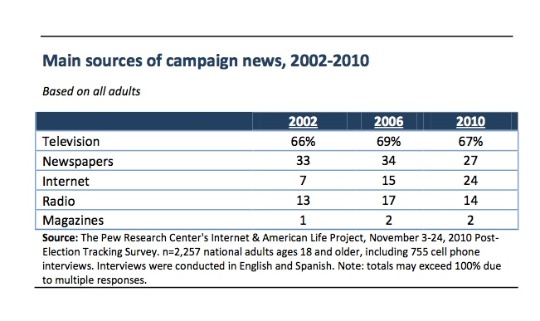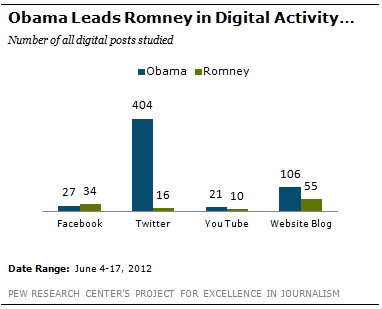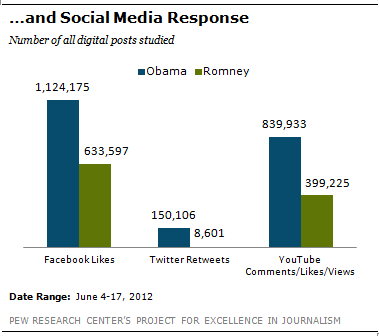The Long Lasting Effects
Since the 1960 debate, candidates have regularly hired media advisors to help run their campaigns and maintain their image. On winning the 1968 election, Nixon created the “White House Office of Communications” to help administrations navigate the media. Today, 50 -75% of campaign funds go towards ads and TV time slots, and 24-hour cable news channels devote a majority of time to politics. Political news is now being consumed through a multitude of media forms, it is no longer limited to just news broadcasts (see charts below).
2010 study illustrating where people aged 18+ get their campaign news. (Pew Reasearch Center)
Rick Perry forgetting the third agency of government that he would eliminate. (ABC News, YouTube) (edited for time)
"Part of what's changed in politics is social media and how people are recieveing information." ~ Barack Obama
As technology evolves, we find ourselves at another frontier in politics and popular media. Politicians now have multiple platforms on which to garner support. For better or worse, a new frontier was opened by Nixon and Kennedy in which voters could have immediate and close access to presidential candidates that wasn’t available prior to televised debates.

Positive and Negative Effects
Candidates haven't always been as lucky as Nixon when they stumble in debates. In 2012, during a primary debate, Rick Perry suffered a "brain-freeze" (seen left). Amplified by social media, the mistake greatly hurt his campaign. While the increase in voter accessibility proved detrimental for some, it was crucial in Barack Obama's successful 2012 campaign. He was able to connect with voters through social media in a way Mitt Romney failed to (refer to graphs below).



